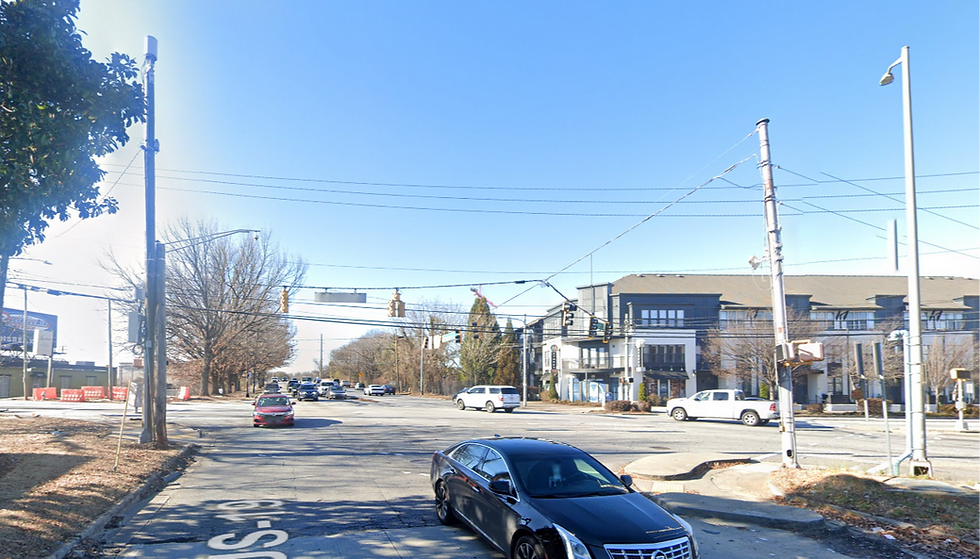What Makes a Car Safe to Drive? Understanding Features, Tradeoffs, and Everyday Habits
- Jonathan Flack

- Jul 28
- 2 min read
At Flack Injury Law, we’re all about helping you stay safe on the road. Whether you're navigating traffic in Atlanta or considering a new vehicle, understanding what makes a car "safe" can reduce your risk of serious injury—and help protect those around you.
The Most Important Car Safety Features Today
If you’re still driving an older vehicle, you may be missing out on key safety technology that’s now common in newer models. Here are some of the most effective features that reduce the likelihood and severity of crashes:
Automatic emergency braking – Helps avoid or minimize frontal collisions
Rearview cameras & heads-up displays – Improve visibility and situational awareness
Lane-keeping assistance & blind-spot monitoring – Help prevent side-swipe and off-road incidents
Driver attention and phone distraction alerts – Warn drivers when focus slips or devices become a distraction
These features don’t just protect you—they make the roads safer for everyone, including passengers, pedestrians, and cyclists. If you're in the market for a new car, consider prioritizing these safety enhancements.

Are Bigger Cars Actually Safer?
The short answer: sometimes.
Larger vehicles—like SUVs and trucks—generally perform better in multi-vehicle collisions. Their increased weight and extended front ends offer more protection to the driver and passengers inside.
But there’s an important caveat.
Heavier vehicles have more blind spots
They take longer to stop
They pose greater risks to others on the road
In fact, research shows that for every 4-inch increase in front-end height, the risk of pedestrian fatality increases by 22%. So while a larger car might offer more protection to you, it can significantly raise the risk to people outside the vehicle—especially pedestrians and cyclists.
The #1 Safety Tip: Drive Slower
You don’t need the latest tech to improve safety behind the wheel. One of the most effective things you can do is simply slow down.
Here’s why:
A 1 mph reduction in speed on city streets leads to a 6% decrease in traffic fatalities
Slower speeds mean more time to react to the unexpected
When crashes do occur, injuries are typically less severe
It’s a small change that can save lives.
Final Thoughts
A safe vehicle is one that’s equipped with the right features—and driven with care. You don’t need the biggest or most expensive model. What matters most is awareness, smart driving habits, and making use of the latest safety technology when possible.
If you or someone you care about has been injured in a car accident, Flack Injury Law is here to help. We fight for injured clients to ensure they get the care and compensation they deserve.
Call or text me at (678) 653-0309
Email: flack@flackinjurylaw.com
Stay safe out there,
Jonathan Flack



